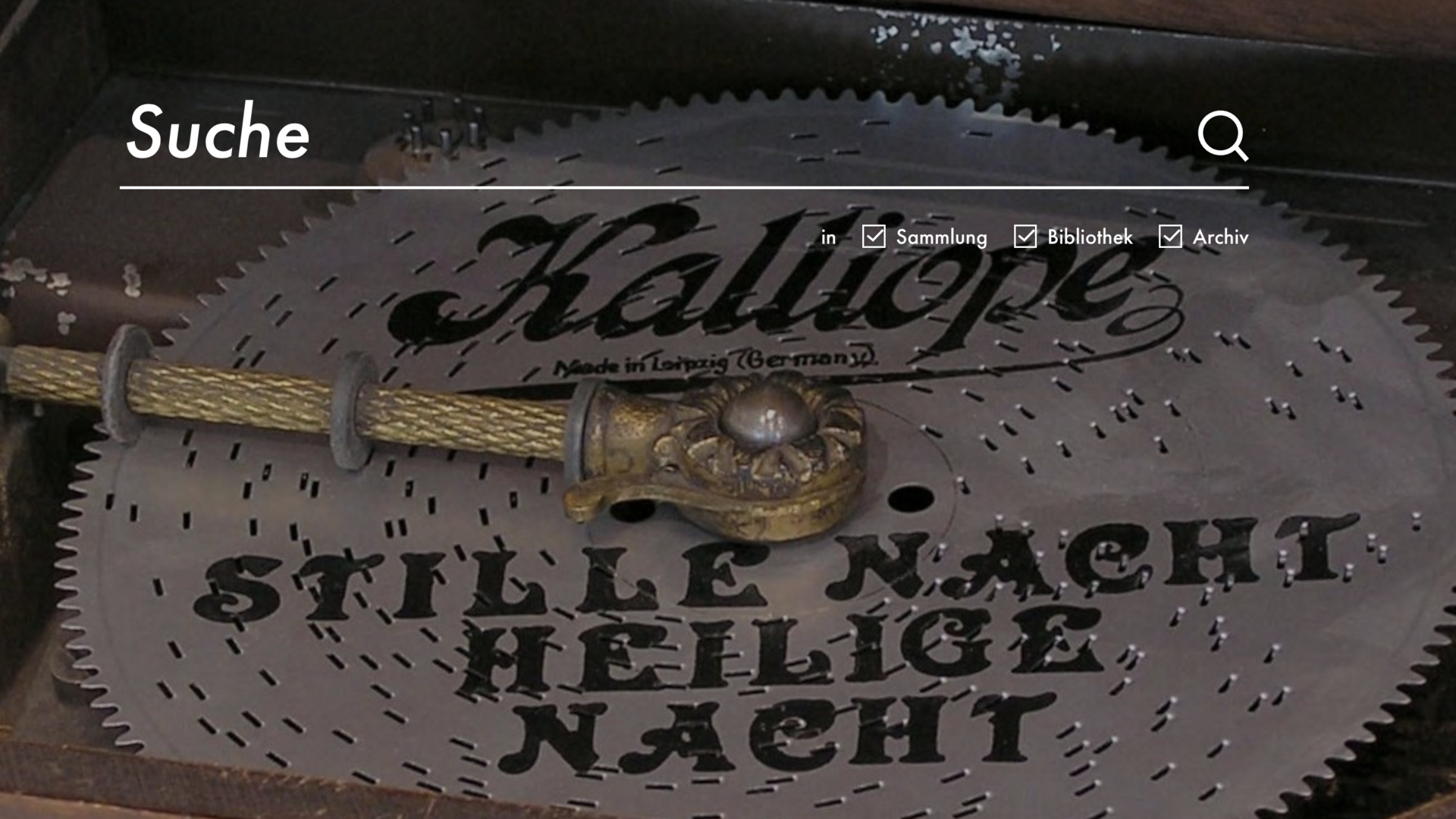The continuous expansion of the holdings and the improved findability of the data - not least through search engines - are reflected in the access figures, which have more than doubled since the relaunch and continue to rise. The number of enquiries about estates and collections has also multiplied.
In addition to the integration of further databases, regular data updates and the provision of additional information, we are also working on other frequently requested features. For example, we are planning to integrate additional media formats such as audio, video and, in particular, our 3D scans. Entity pages (e.g. for people and companies) are also being planned to better illustrate the interconnectedness of our holdings. There are also plans to link objects in the portal to the museum's upcoming virtual tour.
Visit the portal and take a look at the enhancements and improvements under Deutsches Museum Digital.

